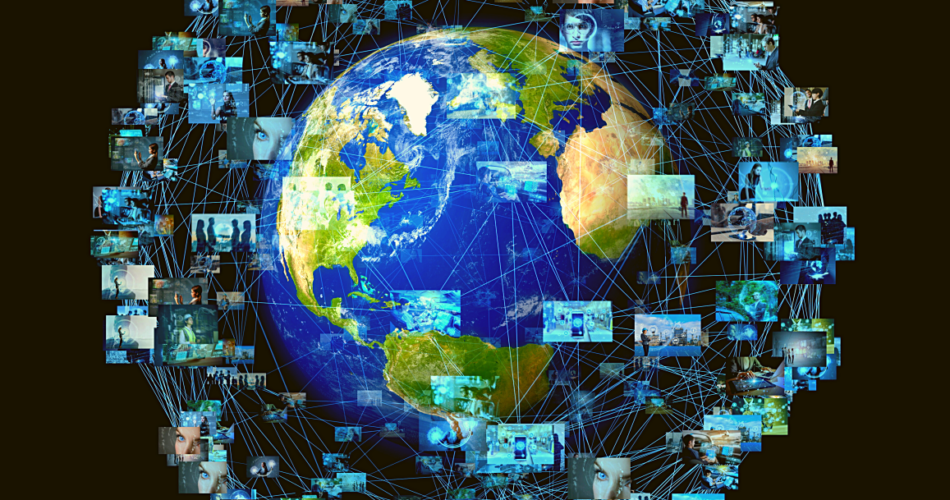Join today’s leading executives online at the Data Summit on March 9th. Register here.
This article was contributed by Sumit Ghosh, founder and CEO of Chingari
The growing dominance of cryptocurrencies and blockchain has facilitated the rise of Web3, powered by decentralized networks. Designed to restore power to users and creators, this transformative internet movement is beckoning a paradigm shift in how we use social media.
Web3 is an umbrella term that encompasses several ideas and futuristic visions of decentralization where community-powered, advertising-free, and self-monetized content will reign supreme. Although Web3 will disrupt several existing Web2-based business models, the creator economy is positioned as the biggest benefactor of this ongoing revolution vis-a-vis a reinvented social media paradigm.
For instance, in the existing version of the internet, content creators are often subject to the whims and fancies of the platforms they use to share their content. This leads to several problems like unwarranted content censorship, content demonetization, and even de-platforming.
At present, many Web2 platforms retain full control over the content, severely limiting the creators. Think about it like Facebook owning the pictures you upload to the platform. You might’ve taken the photos, but now Facebook owns them. At the same time, users (consumers) are monetized for their data, deriving even more limited value even though they are the driving force behind these platforms and the primary reason content creators exist.
Web3 solves this dilemma, giving back content creators full control over their content. Harnessing the power of blockchain and cryptocurrencies, Web3 allows creators to tap into numerous monetization opportunities while simultaneously rewarding users for their continued participation and patronage. This creates a circular economy, free from the restraints of centralized platforms and intermediaries.
How a Web3 social network works
For a second, consider the concept of rewarding users for using the internet. We spend much of our time using one or more Web2 platforms, be it for reading blogs, watching videos, or just scrolling through the internet. The platforms that we use generate billions of dollars, but the users never receive anything for their loyalty. Web3 changes this drastically by rewarding users for their participation.
Currently, there are several blockchain-powered Web3 platforms, including web browsers, video-sharing platforms, blogging platforms, and social networking, where both creators and consumers are entitled to rewards. Powered by their native tokens, these platforms bring a symbiotic model to the internet where everyone benefits instead of taking a zero-sum approach where one party must win so the other can lose.
To achieve this, Web3 social networks offer built-in payment layers, reducing unwanted middlemen and unnecessary costs. They are also fully interoperable, granting users the flexibility to easily buy, sell, and trade native assets across different platforms. For example, content creators can monetize their content using NFTs and sell it across marketplaces. They can also set up custom subscription models and add-on features for their communities using the underlying platform’s native token to unlock income generation avenues.
At the same time, Web3 platforms also enable content creators to tap into the growing metaverse by allowing them to implement a diverse range of play-to-earn, learn-to-earn, and other similar incentivized programs for their communities. By participating in these activities, community members can earn platform-native tokens, which they can use to purchase more features within the platform, reward creators, or exchange them for other tokens.
In the context of social networks, a native token can also offer holders the right to decide the future of the network. Unlike Web2, where users have little to no say regarding the platform’s development, Web3 distributes this responsibility to stakeholders.
Token holders can vote on proposals that work best for their communities and shape the platform’s future with their own hands. These proposals may cover a wide array of topics, including adding new features to the platform, deciding on future upgrades, making changes in existing teams focused on development and marketing, and much more.
Some closing thoughts
Web3 promotes a creator-driven economy while at the same time rewarding consumers for their participation, thus ushering in a new era of social networks. Unlike the Web2 paradigm controlled by Big Tech, Web3 envisions an ecosystem of social (and interoperable) networks where all users can finally own a slice of the financial pie.
Driven by decentralization, Web3 social networks will transfer power back to the community by giving content creators full ownership of their content. In tandem with other Web 3.0 services, these social networks will facilitate censorship-resistant, ad-free, and creative-centric ecosystems, thus offering equal opportunities for all.
Be it the rise of community-driven global social networks, the increasing acceptance of community-focused DAOs (decentralized autonomous organizations), or the emergence of AR/VR-powered immersive experiences, Web3 social networks are sparking a transformation focused on the community instead of gatekeeper’s interests alone.
Sumit Ghosh is the founder and CEO of Chingari
DataDecisionMakers
Welcome to the VentureBeat community!
DataDecisionMakers is where experts, including the technical people doing data work, can share data-related insights and innovation.
If you want to read about cutting-edge ideas and up-to-date information, best practices, and the future of data and data tech, join us at DataDecisionMakers.
You might even consider contributing an article of your own!
Source link




